Why Bacon Grease Soap is the Bee’s Knees
Before we dive into the nitty-gritty, let’s chat about why this is worth your time. Bacon grease that stuff you usually toss after fryin’ up a batch of breakfast, ain’t just waste. It’s packed with fatty acids that make for a super moisturizin’ soap. Plus, it’s sustainable as heck—repurposing what you’d dump saves the planet a lil’ bit. And did I mention it’s cheap? You’re basically makin’ soap for next to nothin’. Oh and there’s this subtle bacon scent that’s weirdly awesome, though we’ll talk about managin’ that smell later.
Now, let’s roll up our sleeves and get to the good stuff—makin’ the soap. I’m gonna walk ya through every step, from cleanin’ that grease to cuttin’ your finished bars. Don’t worry if you’re new to this; I gotchu with simple terms and clear directions.
Step 1: Render and Clean That Bacon Grease
First things first, ya gotta prep your bacon grease. Straight outta the pan, it’s full of bits and bobs—little bacon chunks and impurities that’ll mess up your soap if ya don’t clean ‘em out. Here’s how I do it:
- Collect the Grease: After cookin’ bacon, drain the hot grease into a heatproof container. I use an old jar or a metal tin. Let it cool a tad, then pop it in the fridge overnight to solidify.
- Scrape Off Junk: Once it’s hard, take it out and scrape off any nasty bits from the bottom. You want that clean, white fat. Cut it into small chunks for easier handlin.
- Purify with Boilin’: Toss them chunks into a pot with water—about twice as much water as fat. Heat it up slow and let it boil for 10-15 minutes. The fat melts, and impurities sink into the water. Cool it down in the fridge till the fat hardens on top again.
- Repeat the Process: Scoop off the solidified fat, ditch the dirty water, and repeat this boilin’ and coolin’ gig 2-3 more times till the water looks clear. If ya wanna be extra, strain it through a coffee filter or cheesecloth to get every last speck out.
I’ve found that doin’ this in a slow cooker on low for 8-10 hours works like a charm too. Less babysittin’, and ya still get clean lard ready for soap-makin’ The goal? Pure fat with no funky bits that could spoil your batch
Step 2: Calculate Your Lye and Water Amounts
Next up, ya gotta figure out how much lye and water you need. Lye is the magic ingredient that turns fat into soap through a process called saponification (fancy word, I know, but it just means chemical reaction). Too much lye, and your soap burns skin; too little, and it’s a greasy mess. So, precision is key.
- Weigh Your Fat: Grab a kitchen scale and weigh your cleaned bacon grease. Let’s say ya got 18 ounces of it.
- Figure Water Ratio: A common rule is 2:1 water to fat. So, for 18 oz of fat, you’d use 9 oz of water.
- Calculate Lye: Now, don’t just guess this part. Use a lye calculator online (they’re free and easy) to get the exact amount. For 18 oz of bacon fat and 9 oz of water, it might come out to around 6.5 oz of lye. Or, a quick trick I use is multiplyin’ the fat weight by 0.1388—comes out close enough, but I always double-check with a calculator to be safe.
Here’s a lil’ table for a basic recipe idea based on 18 oz of fat:
| Ingredient | Amount |
|---|---|
| Bacon Grease | 18 oz |
| Water | 9 oz |
| Lye (NaOH) | ~6.5 oz |
This balance ensures all the lye reacts with the fat, leavin’ no harsh leftovers in your soap. If you’re mixin’ in other oils (like coconut or olive for extra moisturizin’), adjust the lye amount usin’ that calculator.
Step 3: Prep the Lye Solution (Safety First, Y’all!)
Mixing lye with water is where ya gotta be super careful. This stuff gets hot fast and can burn ya worse than a skillet straight off the stove. I ain’t kiddin’—I’ve had close calls, and it’s no joke. So, gear up and follow these safety tips before ya even start:
- Wear safety goggles and gloves. No exceptions. Lye on skin or in eyes is a trip to the ER.
- Work in a well-ventilated spot—open windows or turn on a fan. Them fumes are nasty.
- Keep kids and pets far away. This ain’t a family craft day.
- Always add lye to water, never the other way ‘round. Reversin’ it can cause a dangerous splash or “lye volcano.”
Now, here’s how to mix it:
- In a stainless steel or glass container (no aluminum, it reacts bad), slowly sprinkle the lye into the cold water while stirrin’ nonstop.
- Keep stirrin’ for about 10 minutes till it’s fully dissolved. It’ll heat up quick—normal, but don’t touch it.
- Let it cool down for 30-60 minutes till it ain’t hot no more. I aim for around 100°F or less before usin’ it. If ya spill any, wipe it with vinegar to neutralize, then rinse with water.
I can’t stress this enough—don’t rush this step. Patience here saves ya from a world of hurt.
Step 4: Melt and Mix Your Oils
While the lye solution cools, let’s get that bacon grease ready. If it’s solid, ya gotta melt it down.
- Toss the cleaned fat chunks into a stainless steel pot and heat on low till it’s liquid. Don’t crank the heat too high; ya don’t wanna burn it.
- If you’re addin’ other oils (I like a bit of olive oil for extra softness), melt ‘em together with the bacon grease.
- Once melted, take it off the heat and let it cool a bit. It should be warm but not hot to the touch—again, around 100°F or lower.
Coolin’ both the lye and oils to similar temps is crucial. If one’s hot and the other’s cold, ya risk a weird reaction or uneven mixin’. I learned this the hard way once when I rushed and got a lumpy mess. Don’t be me—check them temps!
Step 5: Combine Lye and Oils for Saponification
Alright, this is where the magic happens. You’re combin’ the lye solution with the oils to start turnin’ it into soap.
- Slowly pour the lye solution into the melted oils while stirrin’ constantly. I use a stick blender for speed, but a whisk works if ya got patience.
- Keep mixin’ for 2-3 minutes to make sure it’s all blended. If it starts to solidify quick, don’t panic—just keep at it with the blender.
- Watch for “trace.” That’s when the mix thickens up like pudding. Takes about 5-10 minutes with a blender, longer by hand. Ya know it’s trace when ya drip some batter on top, and it leaves a lil’ trail before sinkin’ in.
This saponification thing is kickin’ off now—the lye and fat are bondin’ to form soap and glycerin. It’s science, baby, and it’s pretty darn cool to see happen in your own kitchen.
Step 6: Add Scents, Blend, and Mold
Once ya hit trace, the mix is thickenin’ fast. Time to jazz it up and get it into molds.
- If ya wanna add scents, now’s the moment. Toss in essential oils—eucalyptus or peppermint are my go-tos to mask any bacon whiff. Maybe even some herbs or bacon bits for texture if ya feelin’ wild.
- Mix again for a minute to blend in them additives.
- Pour the batter into silicone molds. Tap ‘em gently to knock out air bubbles. If ya ain’t got fancy molds, line a cardboard box with plastic wrap—it works fine.
- Cover the molds with a towel and let ‘em sit somewhere warm for 24 hours. The soap keeps hardenin’ as saponification finishes.
I love this part ‘cause ya can get creative. Wanna make it look rustic? Sprinkle some dried lavender on top before it sets. It’s your soap, make it yours!
Step 7: Unmold, Cut, and Cure
A day later, your soap should be firm enough to handle. Let’s finish this up.
- Gently pop the soap outta the molds. If it’s sticky, chill it in the fridge for an hour to make unmoldin’ easier.
- Cut into bars usin’ a knife warmed in hot water for clean slices. I usually aim for 1-inch thick bars.
- Place them bars on a wire rack in a dry, airy spot. Cure ‘em for 4-6 weeks to let ‘em harden and get milder. Flip ‘em every few days for even curin’.
- Store cured soap in a cool, dry place. It’ll last months if ya keep it right.
Curin’ is the hardest part for me ‘cause I’m impatient as heck. But trust me, usin’ it too early can be harsh on skin ‘cause the lye ain’t fully done its thing. Wait it out for the best results.
Bonus Tips to Make Your Bacon Soap Rock
I’ve messed up enough batches to learn a thing or two. Here’s some extra nuggets of wisdom to keep ya on track:
- Chill Before Cuttin’: Like I said, poppin’ the soap in the fridge for a bit before slicin’ makes it way easier. No jagged edges!
- Silicone Molds FTW: They’re a game-changer for easy release. If ya usin’ somethin’ else, line it with plastic wrap.
- Hide from Light: Cure in a cardboard box to avoid discoloration from sunlight. Keeps it lookin’ pretty.
- Smell Control: Bacon grease can leave a funky odor sometimes, like chicken stock or somethin’. Washin’ the fat with a bit of vinegar water durin’ purifyin’ helps. Or, load up on strong essential oils post-trace.
- Mix Oils for Balance: Pure bacon fat soap is fine, but mixin’ in 30-50% other oils like coconut or avocado makes it less harsh and more nourishin’. Play around with ratios!
Here’s a quick recipe variation I’ve tried that turned out sweet:
| Recipe Name | Bacon Grease | Olive Oil | Coconut Oil | Avocado Oil |
|---|---|---|---|---|
| Basic Balanced Bar | 20% (3.6 oz) | 35% (6.3 oz) | 25% (4.5 oz) | 20% (3.6 oz) |
Adjust lye and water with a calculator for this mix, but it gives a nice, creamy lather without bein’ too greasy.
Why This Project is Worth the Hassle
Now that ya got the how-to down, lemme remind ya why this is such a rad thing to do. Makin’ lye soap with bacon grease ain’t just about savin’ a few bucks (though that’s a big perk). It’s about takin’ somethin’ most folks chuck out and turnin’ it into a useful, skin-lovin’ product. Every bar ya make is a lil’ middle finger to waste and overpriced store-bought stuff. Plus, there’s a primal kinda joy in craftin’ somethin’ with your own hands—I feel like a dang pioneer every time I unmold a batch!
And let’s be real, it’s a conversation starter. Hand a bar to a buddy and say, “Yo, I made this from bacon grease,” and watch their jaw drop. It’s got this rustic, artisanal vibe that makes it a killer gift too. Wrap it in some brown paper with twine, and ya got yourself a present that screams “I’m thoughtful AF.”
Troubleshootin’ Common Hiccups
Not every batch goes smooth, and I’ve had my share of flops. Here’s how to handle some bumps in the road:
- Funky Smell Won’t Go Away: If your soap still reeks after curin’, it mighta been rancid grease to start. Store future grease in the freezer to keep it fresh before purifyin’. Or, re-melt the bars in a double boiler, add a strong scent like tea tree oil, and re-mold ‘em.
- Soap Too Soft: Didn’t cure long enough, or maybe too much fat to lye. Let it sit another week or two. Next time, double-check lye amounts with a calculator.
- Harsh on Skin: If it stings, the lye ain’t fully reacted. Cure longer, or ya mighta measured wrong. Safety tip—test a small piece on your arm before full use.
- Weird Texture: Lumpy or uneven? Probably didn’t mix to trace proper. Use a stick blender next go-round and keep at it till it’s smooth pudding-like.
I once had a batch come out smellin’ like burnt broth, and I was so bummed. But tossin’ in some extra peppermint oil saved the day. Don’t give up if it ain’t perfect first try—tweak and learn!
A Lil’ Personal Note from Yours Truly
Look, I ain’t no soap-makin’ guru, but messin’ around with bacon grease soap has been one of the most fun kitchen experiments I’ve tackled. There’s somethin’ so satisfyin’ about turnin’ what’s basically trash into a bar that leaves my skin soft and smooth. Sure, the first time I did it, I nearly scorched my hand with hot lye ‘cause I was too cocky to wear gloves. Don’t be that dummy—gear up and take it slow.

Step 4: Purify the Fat
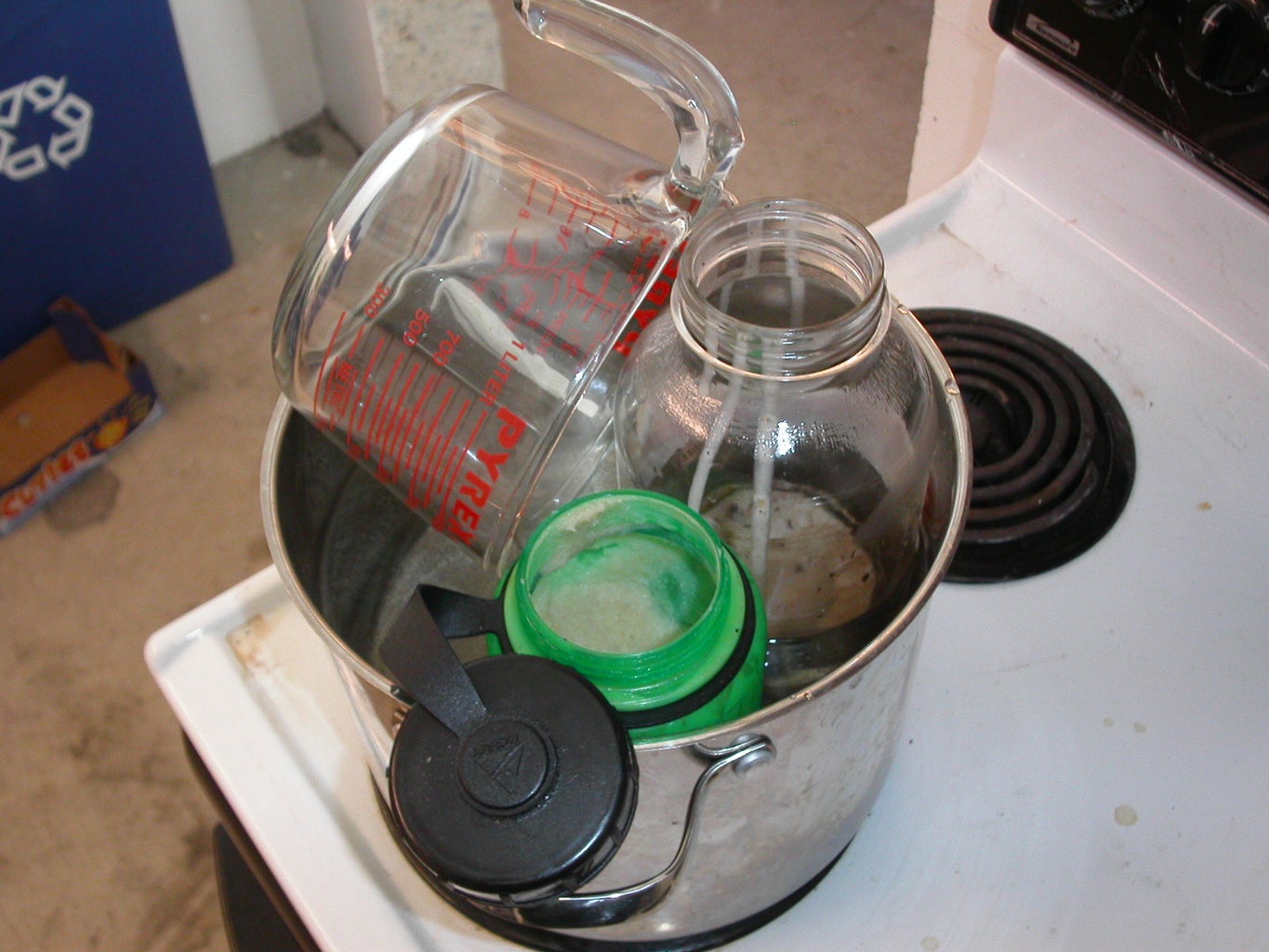
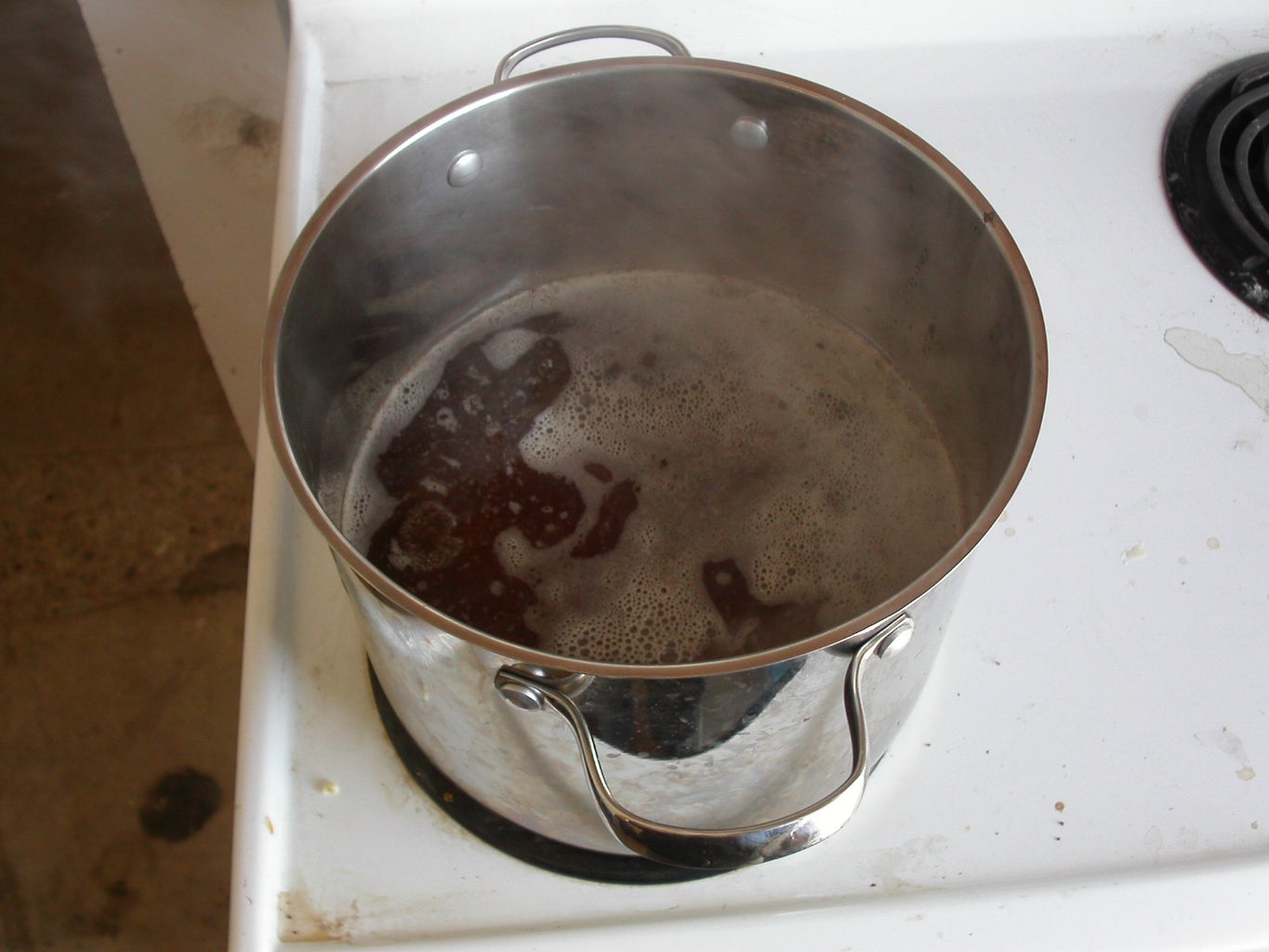
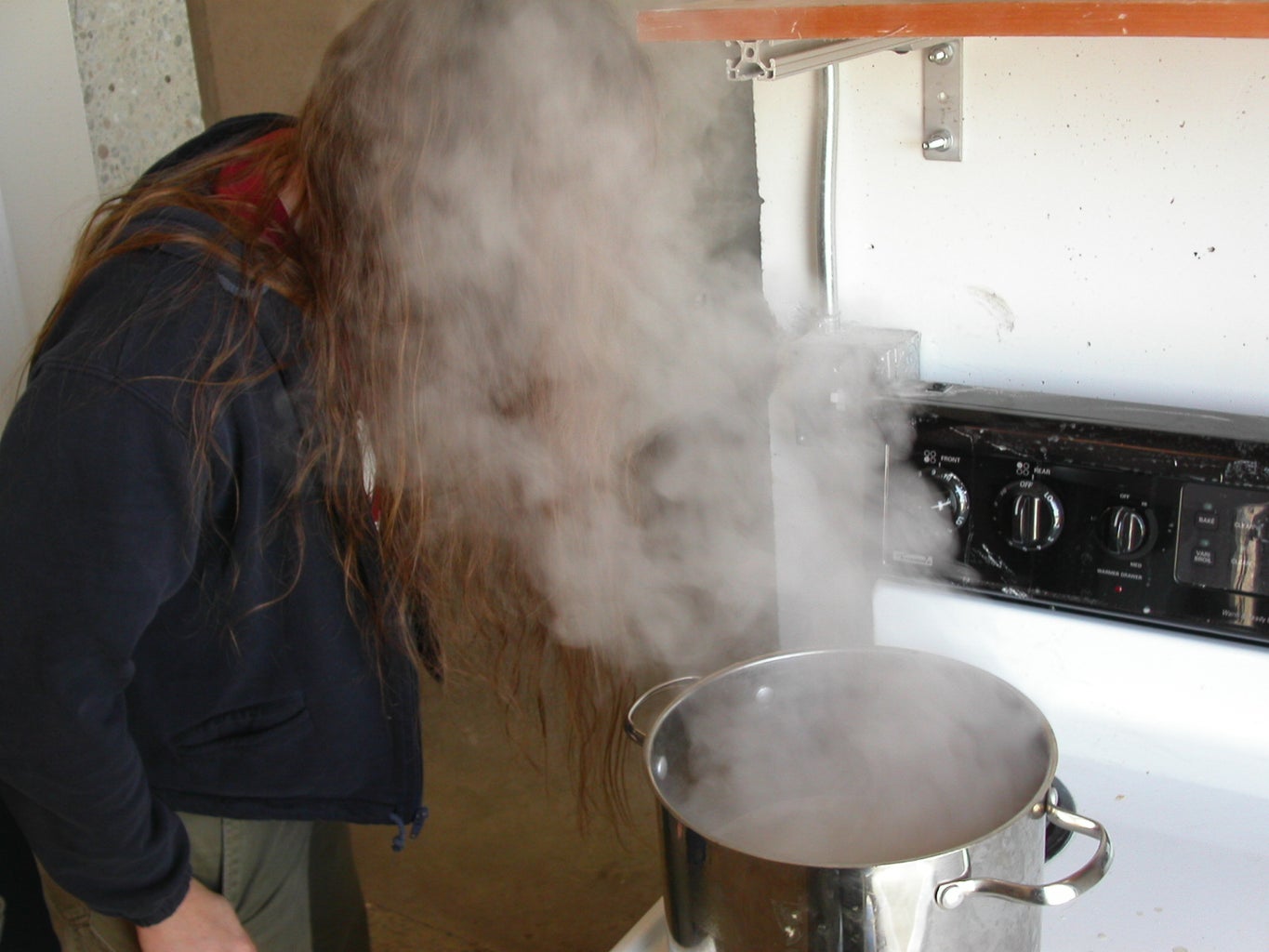
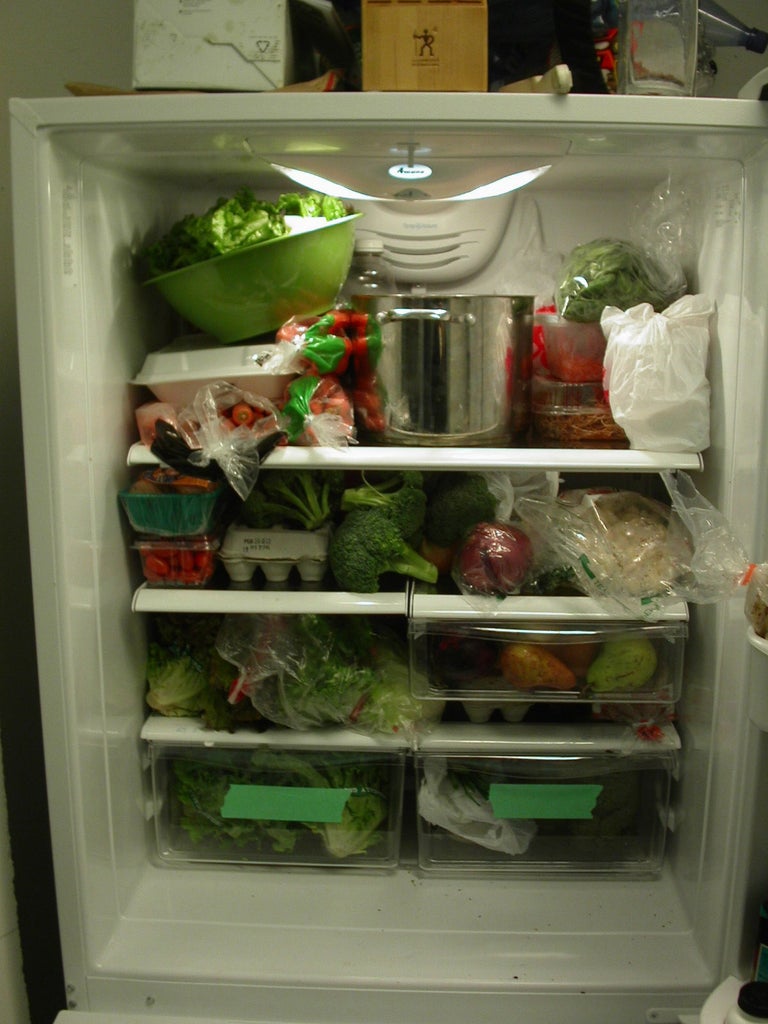
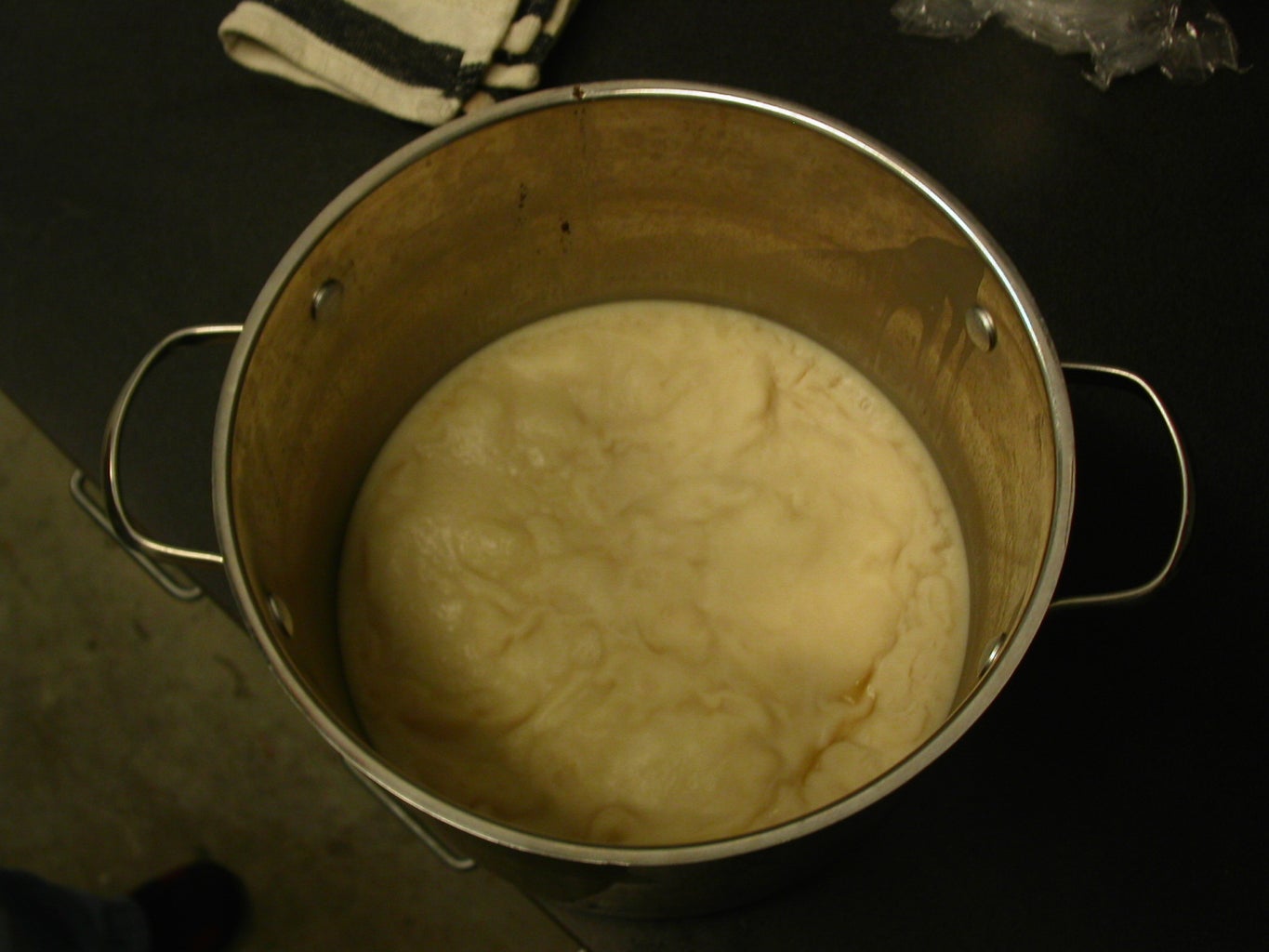
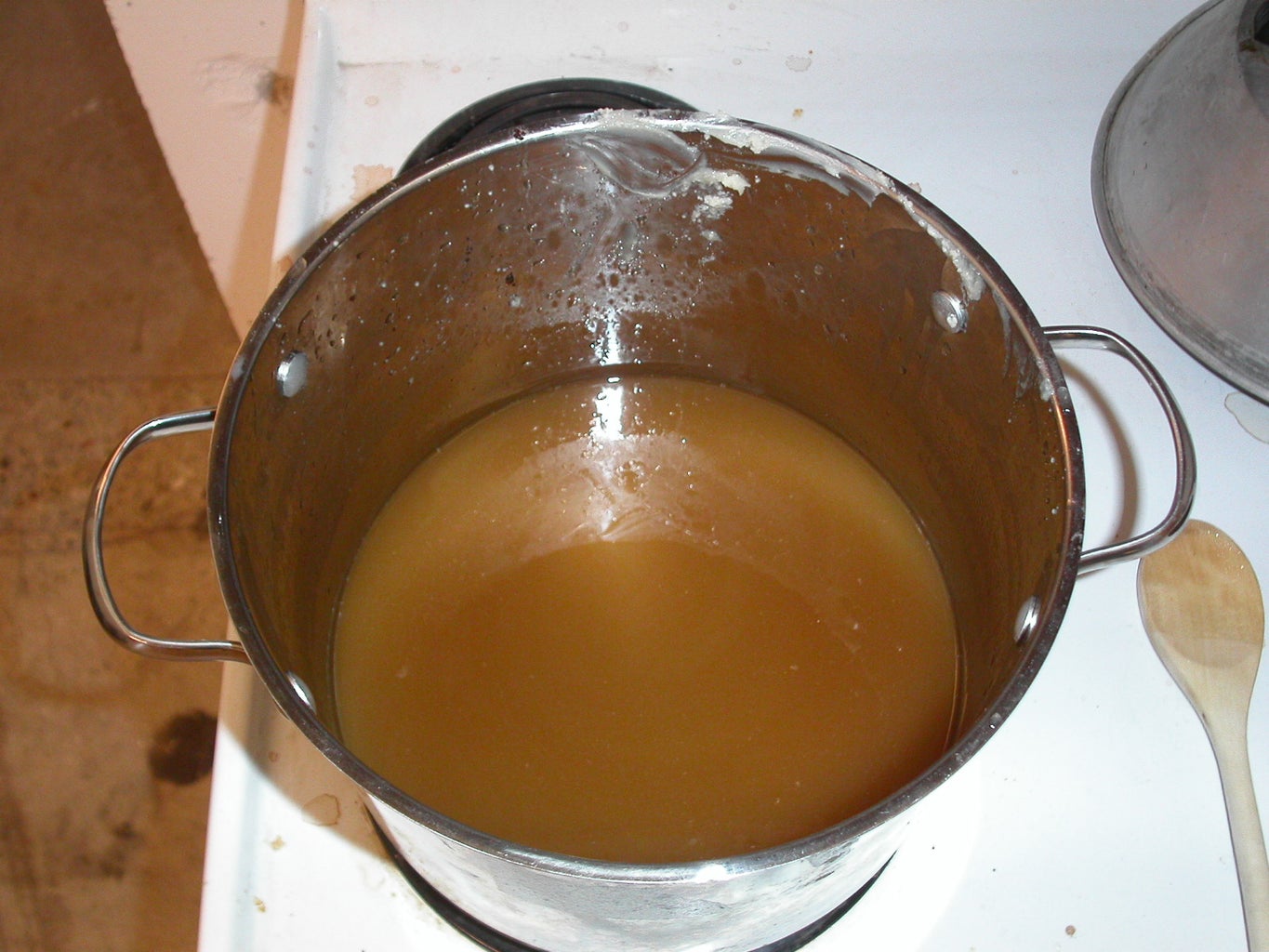
Introduction: How to Make Bacon Soap
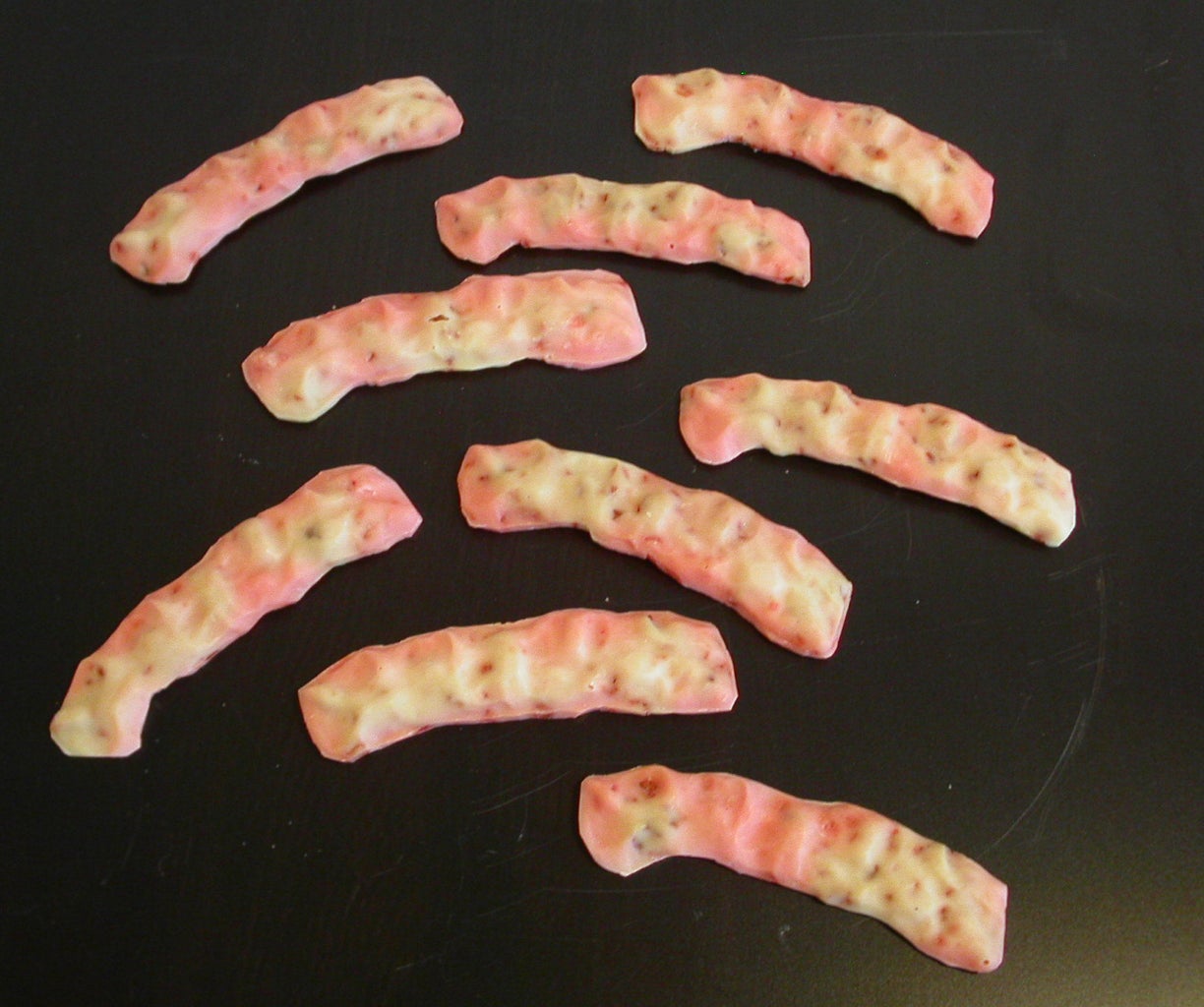

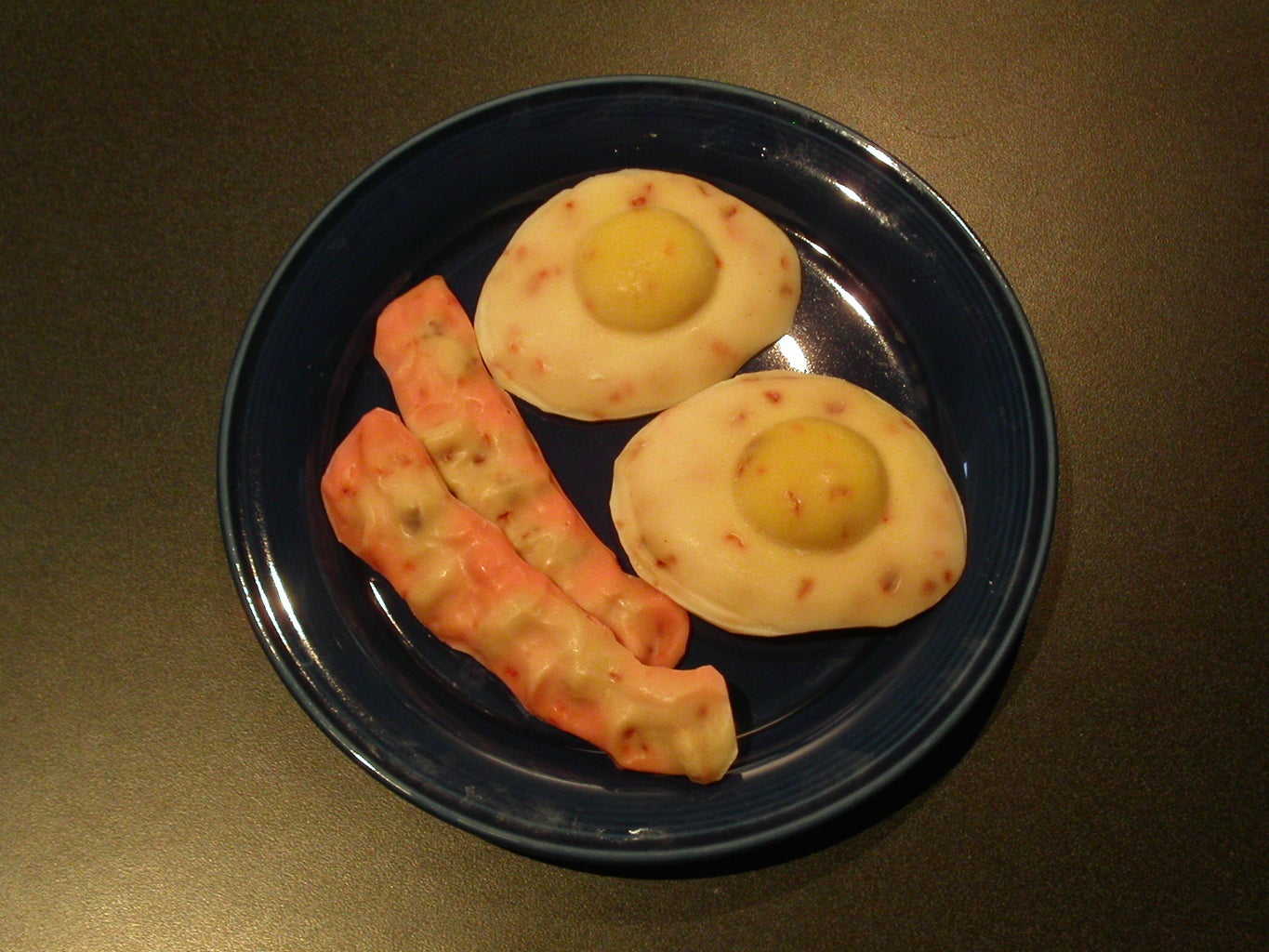
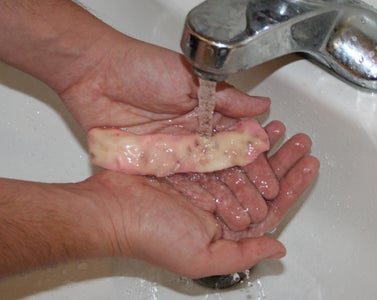
How to Make Soap From Bacon Grease
FAQ
Can I make soap out of bacon grease?
- Step 1: Pour the melted bacon grease into the water and boil with salt (this instruction comes back to haunt me) …
- Step 2: Discard water and repeat with clean water. …
- Step 3: Repeat until water is clean. …
- Soap Step 1: Melt the fat. …
- Soap Step 5: Add essential oils (optional) …
- Soap Step 6: Pour into prepared mould.
How do you make old fashioned lye soap?
An old-fashioned lye soap recipe typically involves mixing lye (sodium hydroxide) with a fat or oil, often lard, and water. The resulting chemical reaction, called saponification, creates soap.
What is the ratio of lye to lard for soap making?
Becky’s recipe calls out for 40 oz lard, 5.4 oz lye and 13.5 oz water. This ratio is what I use, but her recipe makes more soap than an average family might use in a year.
What do amish use to make soap?
Amish Farm Soap is made with as much turn of the century wooden equipment as possible. Amish Farm Soap is natural soap made with palm oil, palm kernel oil, coconut oil, vegetable based, tallow, water, natural glycerin, corn starch and natural wildflower scent and a special lotion added to soften dry skin.
